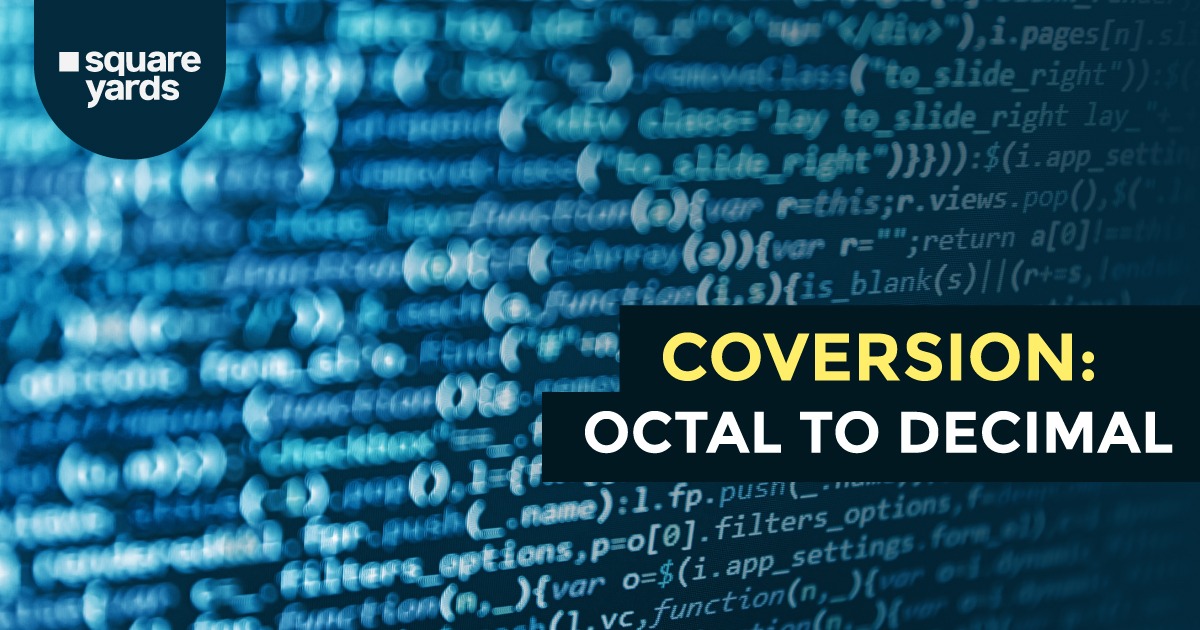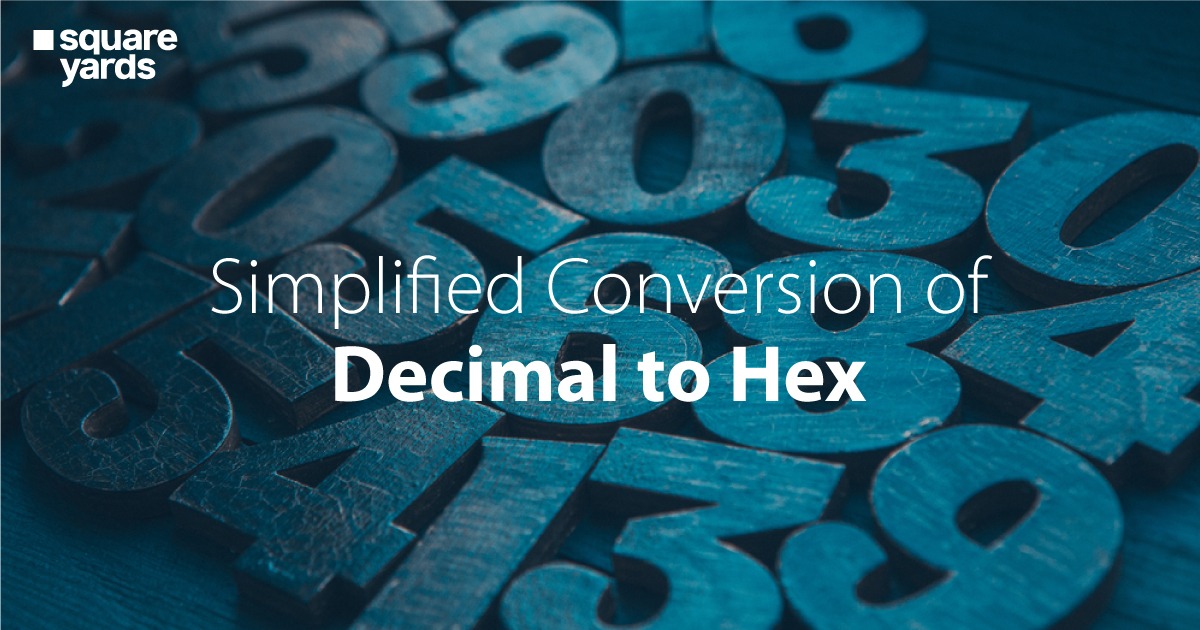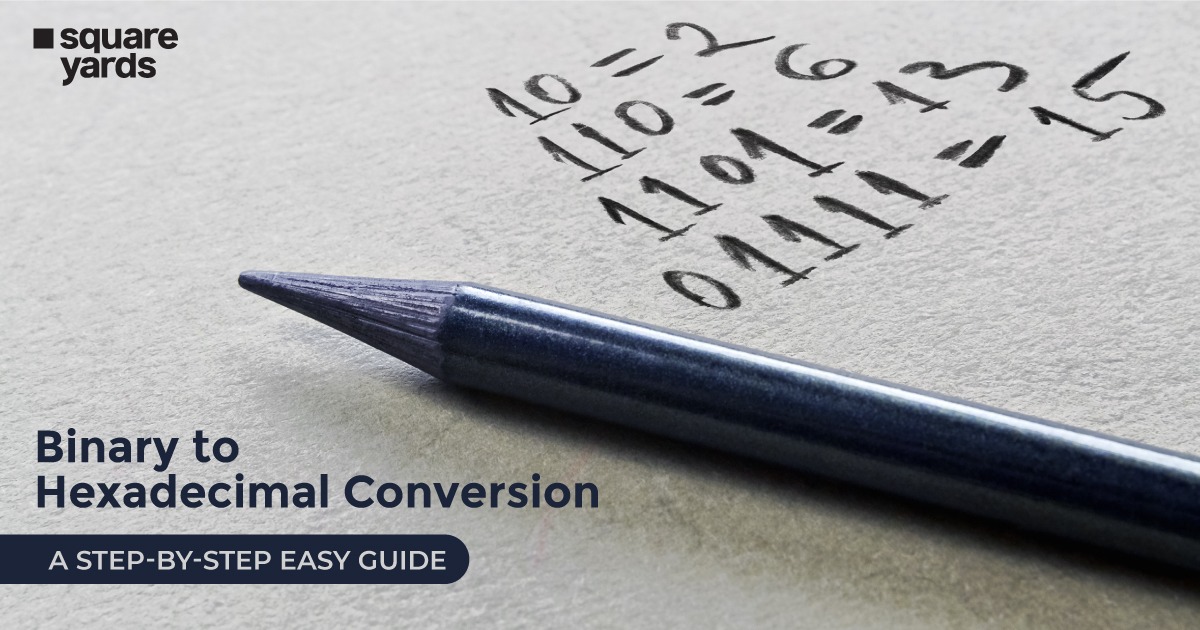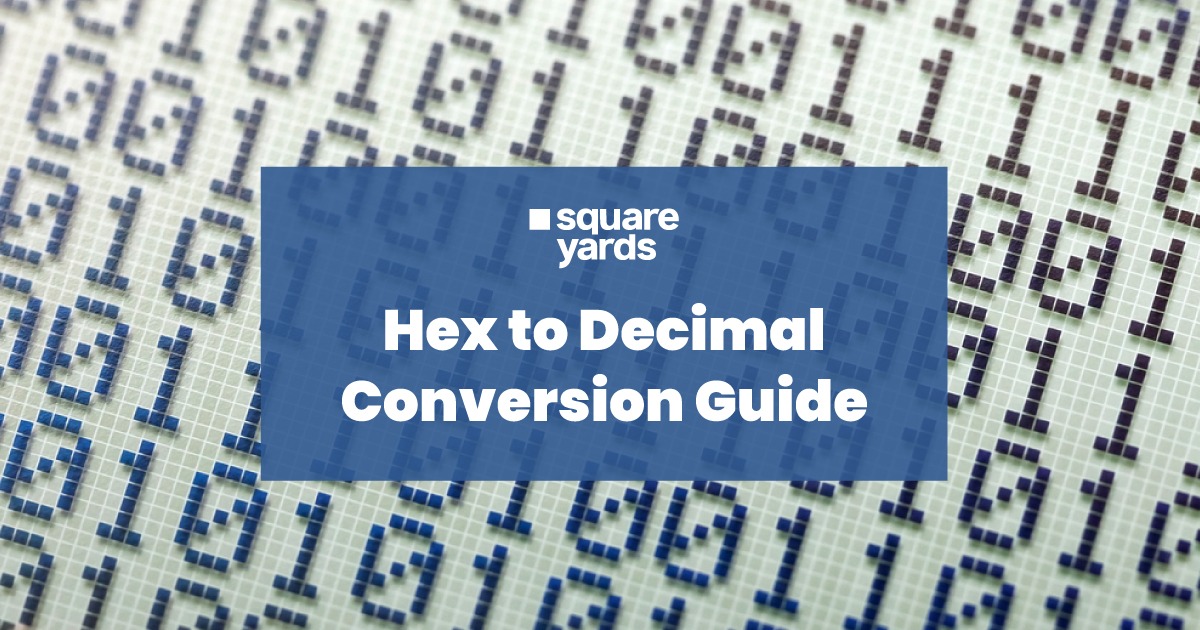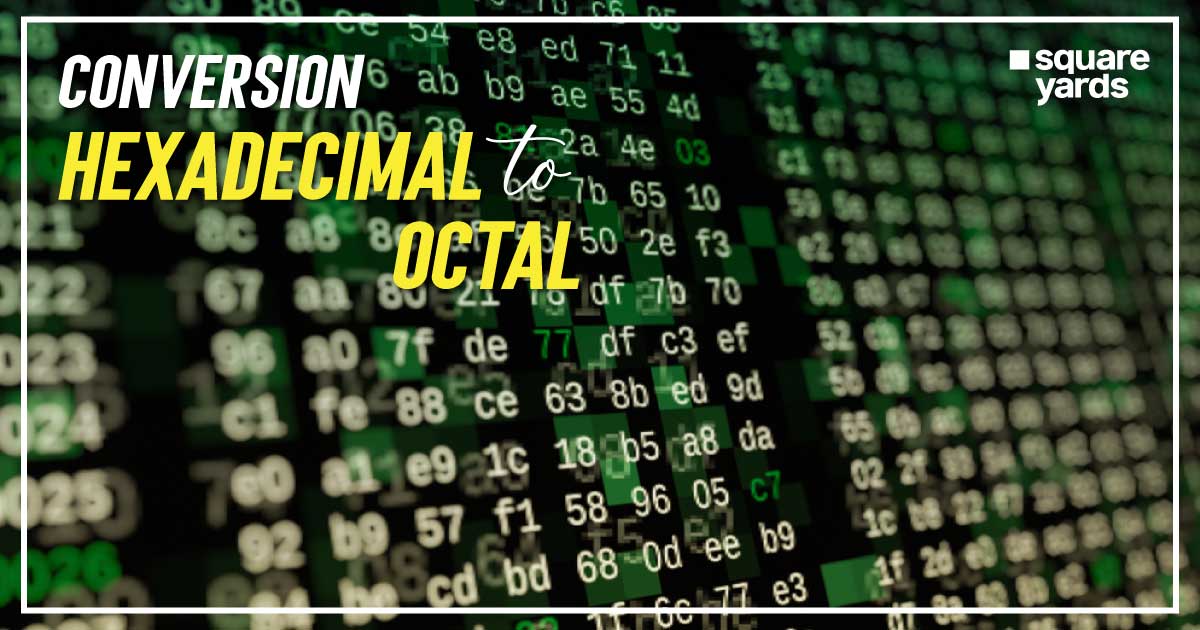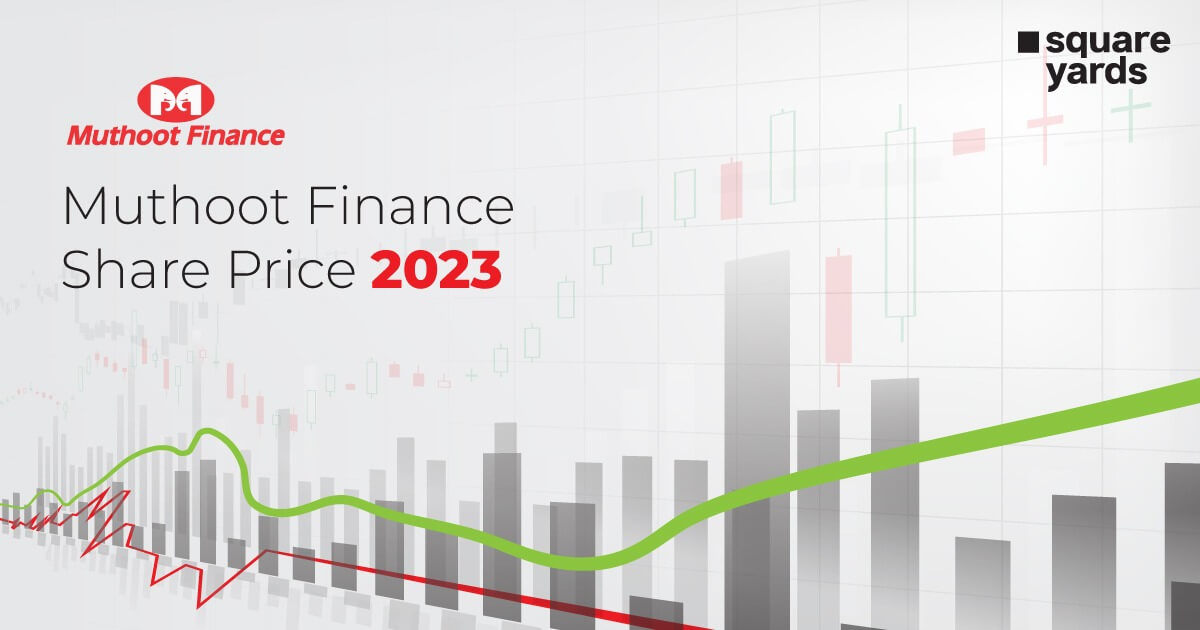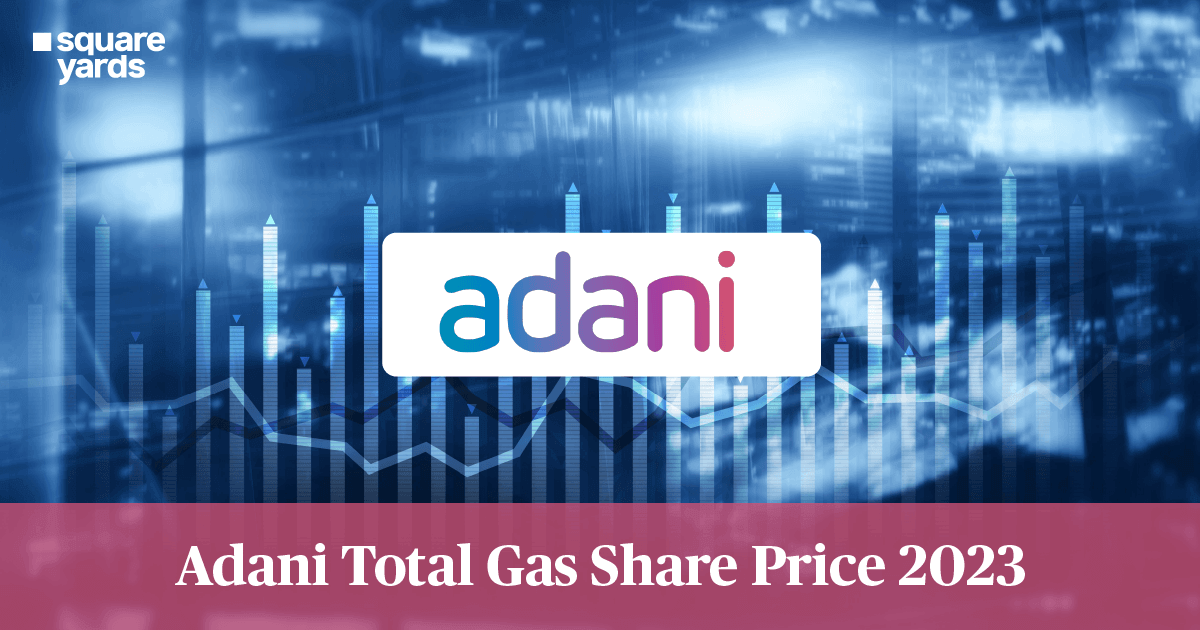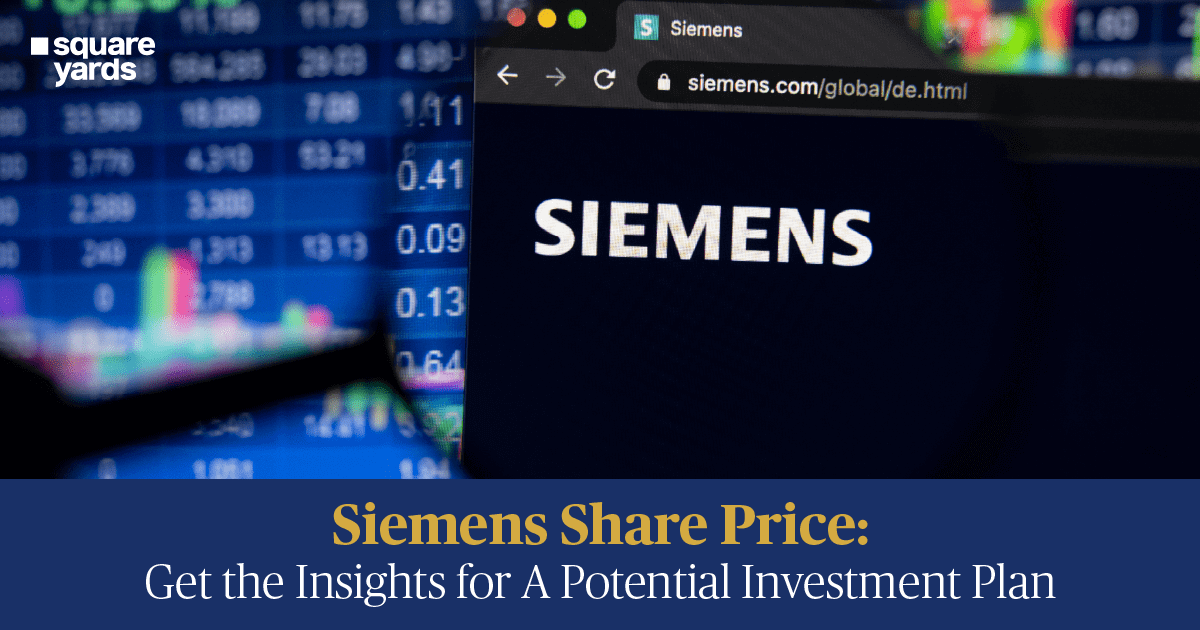Exchange-Traded Funds (ETF) have become a popular investment option lately owing to their feature of combining the best factors of two of the sought after assets; mutual funds and stocks. EFTs adopt diversified advantages of mutual funds while being easy to trade like stocks. But just like any other market-linked financial tool, EFTs are not a one-size-fits-all answer.
In this blog, we will delve into the meaning of Exchange Traded Funds, its benefits, how to invest, and how you can evaluate them on their individual merits.
Table of contents
What is an Exchange Traded Fund?
An exchange traded fund is a security option that keeps tabs on a sector, index, commodity or any other asset. This security option can be traded at a stock exchange just like any other market-linked share option. ETFs can be designed to track various factors like the price of a commodity to a price of a diverse collection of market-linked securities.
An ETF is called an exchange traded fund because it is bought and sold on a stock exchange just like stocks. The price of an EFT will be subject to change throughout the trading period as shares are bought and sold on the exchange. This is unlike mutual funds which are not traded on the stock exchanges. Further, EFTs prove to be more cost-effective and liquid when compared to mutual funds.
An ETF is a market-linked fund that is a collection of various underlying assets, rather than one individual one like a stock does. This is a popular choice for anyone wishing to diversify their investment portfolio, owing to the multiple underlying assets.
ETFs can be composed of various stock options from a number of different sectors or they can be structured to one particular industry or sector. Some funds are only directed at domestic assets, while there are other schemes that offer more global assets. For instance, banking sector ETFs would generally contain securities from banks all over the world.
How Exactly Do ETFs Work?
An ETF works like this:
The person providing the fund is the owner of the underlying funds, designs a fund to keep tabs on the performance and sells the stock options in that fund to market investors. This means that even though the shareholders possess a part of the ETF, they do not have ownership of the underlying assets.
Even though the exchange traded funds are structured to keep tabs on the value of composing assets or indices, they usually trade at a price different from that of the asset. In addition, because of other factors like expenses, the estimated returns from an ETF may differ from that of the underlying assets. Given below is the summarised version of how ETFs work:
- An institution that provides ETFs considers the universe of market-linked assets, including bonds, commodities and stocks to create a bundle of them. In addition, they also need to create a unique index to track progress.
- Just like buying stock options of a company, an investor can buy a portion/share of that bundle.
- Traders engage in the sale and purchase of ETFs on the stock exchange just like any other stock option.
Types of Exchange Traded Fund
Exchange Traded Funds may be free to be traded like stocks but in reality, they share more characteristics with mutual funds and index funds. This can differ in terms of investment goals and underlying assets. Given below are some of the ETFs. These are not classified on the basis of management type but rather by the type of investment held:
Stock ETFs
Stock ETFs are options that are a collection of stocks that are used to track a single market or sector. For instance, a stock ETF might be used to track automobile or foreign stocks. The aim of such options is to provide more diversified exposure to one specialised sector, one that comprises high performing assets or new entrants with high growth possibilities. Further, much unlike mutual fund options, ETFs have lower fees and are linked to the actual ownership of security options.
Industry ETFs
Industry exchange traded funds are options that focus on a particular market or sector. For example the ETF for the energy sector will have the companies that operate in that market. The aim of such ETFs is to gain exposure to the upside of that particular market by tracing the performance of companies in that sector.
Another example is the technology industry, which has witnessed a massive input of funds in recent years. Subsequently, the downside of the volatile stock option is also included in an ETF as they are not linked to the direct ownership of any stock options. These ETFs can also be used to cycle in and out of markets during different economic cycles.
Commodity ETFs
Going by the name, this type of ETFs invest in various commodities like gold or crude oil. There are several benefits of commodity ETFs. First and foremost, they play a huge role in diversifying the investment portfolio, making it much easier to avoid downturns.For example, commodity ETF can help provide a soft landing pad in case of a crash in the stock market.
Further, possessing shares in a commodity ETF can be much cheaper than holding single commodities. This is because it does not incur any storage and insurance costs.
Currency ETFs
Currency ETF schemes are investment options that are integrated investment tools that track the changes in currency pools consisting of both domestic and foreign currency. Such ETFs can help serve a number of different purposes.
They can be used to interpret the prices of currency based on the socio-economic development of the country. They can also be used to diversify the investment portfolio while providing a safeguard against the volatility of the stock market. Some of such ETF options can also be used to act as protection against inflation.
Inverse ETFs
The aim of inverse ETFs is to earn profits from stock by declining shorting stocks. Shorting refers to the sale of a stock option, predicting a decline in the price of the stock and repurchasing it at a lower value. The inverse ETFs utilise market derivatives to aid in shorting a stock. Stock shorts are basically a bet against the market that the value will decline.
An inverse ETF will gain value proportionally when the market eventually does decline. We think that investors should know that most inverse ETFs are not really ETFs in their true sense but rather Exchange Traded Notes (ETNs).
They are basically like bonds but are traded like stocks on the stock exchange. Consulting a broker might be the best way to decide if an ETN is the best fit for your investment portfolio.
How to Start Investing in ETFs?
With a number of trading platforms available to potential investors, the trading process has now become fairly easier. Given below are the basic outlined steps to start investing exchange-traded funds:
- Choose the Suitable Investing Platform: ETFs are becoming the most sought after investment options and are available on all trading platforms, account providers, and investing mobile applications. Most such platforms offer the benefit of commission-free trading for ETF trading. This might not hold true for all brokerages, they may ask investors for paperwork or to complete complicated processes.
- Research ETFs: The second step for the ETF investing process involves extensive research. The market offers a number of different ETF investment options nowadays. One thing to keep in mind while investing is that ETFs are not like other securities or stock options. You will be required to look at the whole scenario in the terms of sector or market, while investing in ETFs.
- Choose a Trading Strategy: If you are a novice at ETF investing, then dollar-cost averaging or spreading out investments over a time period might be the strategy that works best for you. This is so as it eases out returns on investment over a time period and ensures a systematic approach to investing. It aids in teaching inexperienced investors about the subtleties and nuances of ETF investing. When they get a hold of how the market functions, they can move on to more complicated strategies like sector rotation or swing trading.
Examples of ETFs
Given below are some of the real-world examples of the ETFs available on the market today. There are ETFs in the market that keeps tags on the progress of stock indices, thus creating a broader investment portfolio:
- The SPDR Dow Jones Industrial Average (DIA): This is an indicator of the 30 stock options of the Dow Jones Industrial Average.
- The SPDR S&P 500 (SPY): This is the earliest and longest surviving known ETF option that tracks the S&P 500 Index.
- Sector ETFs: This is used to track individual sectors like energy, oil, biotech, financial services, etc.
- Commodity ETFs: These are used to represent individual commodities like gas or oil.
- Physically Backed ETFs: These are ETFs for underlying shares that actually hold a physical asset attached to them.
Pros and Cons of Exchange Traded Fund
ETFs have become the most demanded investment tool owing to their affordability, ease, and access to a diversified investment portfolio. But just like any other commodity, it has its own advantages and disadvantages as discussed below:
Pros of ETFs
Given below are some of the advantages of ETFs:
- Diversification: While it is common to think of diversification in terms of the broader market like stocks or bonds. ETFs also provide a wide diversification effect across industries. It would require a lot of effort and money to buy the component stocks of an ETF. But ETF delivers all those benefits to you with just a click of a button.
- Transparency: ETF options are very transparent as anyone with an internet connection can check the behaviour pattern on a stock exchange. Further, the holdings of an ETF are disclosed to the investors every day, on the other hand, that happens weekly or monthly with other options like mutual funds.
- Tax Benefits: ETF investors are only taxed on the income received from sale of an investment. Whereas, other options like mutual funds are liable to taxation throughout their lifecycle.
Cons of ETFs
Given below are some of the advantages of investing in ETF stock options:
- Trading Costs: Even though ETFs can be a lucrative investment option, the costs may not end at the expenses incurred. Since these options are traded on an exchange, they may be subject to processing fees or commissions.
- Liquidity Problems: As with any other investment option, the profits you will revive vary according to the whims of the market. Since ETFs are not bought and sold that often, they might prove a little difficult to unload.
- Risk of Closure: ETFs always run a risk of being shut down if that fund has not brought in enough assets to cover all the costs incurred. The biggest drawback, in this case, is that the investor might be required to sell sooner than intended-and may be at a loss. There’s also the hassle of reinvesting the money and the potential tax burden it may attract.
ETF Creation and Redemption
The supply of ETF is managed and regulated via a mechanism referred to as creation and redemption. This process involves a number of special investors called authorised participants. Let’s take a look at the creation and redemption process.
ETF Creation
If an ETF wants to issue extra shares, the AP is required to purchase stock options from the indices and sell them to the ETF for the creation of new ETF shares. The AP then sells the share on the stock exchange for a profit. The block of shares that is used in these transactions is known as a creation unit.
Creation When Shares Bought and Sold at Premium
Let’s assume that an ETF invests in share options of S&P 500 and has the price of Rs. 101 during the closing time of the market. If the value of the share options is worth Rs. 100 per share, this means that the price of Rs. 101 is being traded at a premium with respect to the net asset value(NAV) of the fund. NAV can be understood as the accounting structure that is used to determine the value of the underlying assets of the ETF.
The authorised participant (AP) of a fund has the right to bring the price of the ETF share back to the price of the NAV. In order to do this, the AP is required to buy shares that the ETF wishes to include in their portfolio and in turn sell them back to the fund in return of the ETF shares.
In this example, the AP is purchasing the stocks on the market at Rs. 100 while also getting shares of the ETF that is trading at Rs. 101. This process is called creation and is helpful in creating fresh shares in the market.
ETF Redemption
Subsequently, the AP can also purchase the ETF shares on the open market. They can then resell the shares back to the ETF in return for individual stock options that can be traded on a stock exchange. As a result of this action, the number of shares in the market is reduced, this process is called redemption.
Redemption When Shares Bought and Sold at Premium
Let’s assume a company that owns underlying assets in the Russell 2000 small-cap index, which is trading at Rs. 99 per share. If the value of the stock options held by the ETF is worth Rs. 100 in the open market, then the trade is at a discount to the NAV.
Difference Between ETFs, Mutual Funds, and Stocks
Comparing the characteristics of ETFs, stocks, and mutual funds can be a daunting task in this ever-changing environment of policies and broker fees. Most ETFs, stocks, and mutual funds can be traded without commission on trading platforms. The main way ETFs are different from stock options is the low management fees that most of them have been displaying over the years. The table given below illustrates the difference between the 3 investment options:
| ETFs | Stocks | Mutual Funds |
| ETFs can be defined as a type of index funds that can be used to track a bundle of securities. | Stocks are investment options that provide returns on their investment on the basis of their performance in the open market. | Mutual funds are investments that have been pooled into bonds, security options, and other such financial tools that provide ROI. |
| The trading of these ETFs can be done at a loss or premium to the actual NVA of the ETF fund. | The returns from stock options differ on the basis of their performance on the open market. | The price of the mutual funds are traded at the NVA of the entire fund. |
| ETFs are traded on the stock exchange on regular hours just like stock options. | Stock options are traded during regular trading hours of the market. | Mutual funds can only be traded at the end of trading hours on each trading day. |
| The investor has the option for purchasing ETFs at 0% commission and are generally cheaper than mutual funds as they do not incur marketing fees | Stocks can be purchased at 0% commission at various investment platforms and generally do not incur any costs post-purchase. | Most mutual fund options do not incur a loading fee, but are generally more expensive than ETFs because they might incur administration charges or marketing fees. |
| An ETF investor does not actually have ownership of any of the underlying assets of the fund. | When an investor buys stock options, they have physical ownership of the securities. | The funds in a bundle are owned by the mutual fund itself. |
| The risk factor of an ETF is diversified by tracking multiple stock options from an individual sector. | The risk on investment of a stock depends on the performance of the stock on the open market. | Mutual funds dissipate the risk on investment by spanning the portfolio to include multiple asset types. |
Stories You May Like
| NSE India | Intraday Trading |
| Market Capitalization | BSE Indeces Meaning |
| Coin Market Capitalization | NSE Bulk Deals |
| Equity Shares | Investing in Stocks |
FAQ
Which are the best ETFs in India?
Some of the best ETFs in India right now based on their performance are ICICI Prudential Banking and Financial Services Fund, UTI Sensex ETF, Kotak Sensex ETF, SBI – ETF Nifty 50, and Nippon ETF Bank BeES
Are ETFs a good way to start investing?
For many newbie envestors, ETFs may be a good investment option, as they provide the investor with a diversified portfolio, saving them from purchasing many other individual stocks. Since ETFs are traded throughout the day just like stocks, ETFs also have better flexibility and liquidity than Mutual Fund Schemes.
Can you get rich from ETFs?
For the beginner investor, ETFs can be a good way to diversify the investment portfolio while also generating substantial wealth. It is a possibility that one can get rich by purchasing and holding ETF options. However, it is important to understand the market risks and assess your goals before investing.
Is liquidity an important factor to consider when investing in an ETF?
Yes, you should always have a level of confidence that you will have access to liquidity before you invest in an ETF. Further, you should also analyse the liquidity of the overall market conditions while considering any ETF, as the transaction fees might rise rapidly when you need to sell in order to raise capital.
Are ETFs safer than stocks?
The simple answer to this question is that it depends. There is no one-size fits all guide to investing. In the crux of it all, what matters are your personal goals, financial standing, and risk-taking ability. Having said that, it is a fact that investors who wish to opt for long-term diversified investment options should consider investing in ETFs rather than stocks.






